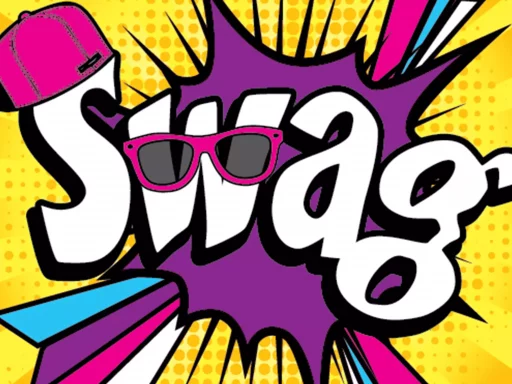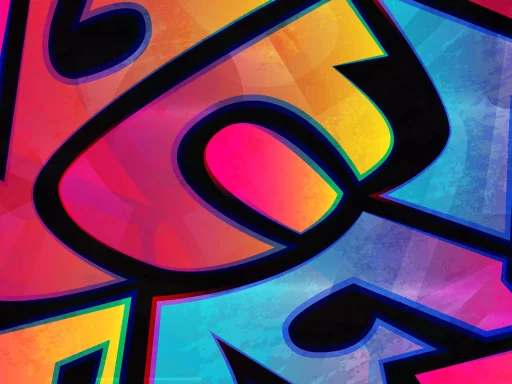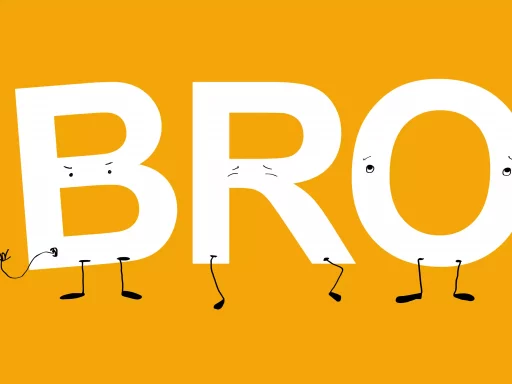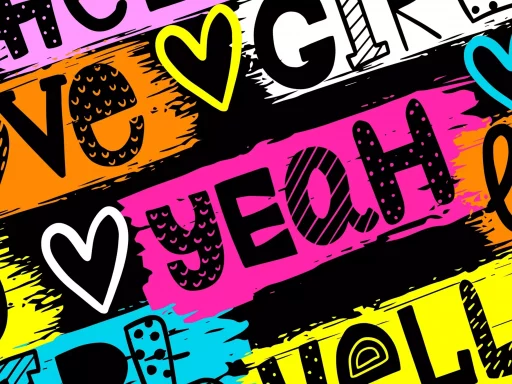Introduction
In the age of digital communication, slang continually evolves as a means of expression, especially among younger generations. One of the simplest yet most perplexing terms used in texts, chats, and social media is “k”. While it appears benign at first, its connotations can vary widely based on context and relationships. This article will explore the meaning of “k” in slang, its origins, and its varied interpretations.
What Does ‘K’ Mean?
The letter “k” is often used as an abbreviation for “okay” in text messages and online chats. However, its simplicity can lead to misunderstandings in communication.
- Affirmation: In most contexts, “k” is simply a shorthand way of saying “okay”. It acknowledges that the recipient has read or understood the message.
- Indifference: Sometimes, “k” can convey disinterest or lack of enthusiasm. Responding with just “k” can indicate that the responder is not engaged in the conversation.
- Annoyance: On occasions, using “k” can signal irritation, especially if the message preceding it was intense or emotionally charged.
- Passive Aggression: In some scenarios, especially among friends or couples, “k” can be used sarcastically, hinting at underlying tension.
Historical Context of ‘K’
While today’s digital communication has popularized terms like “k”, the abbreviation has been in use for decades. The origins of the letter “k” as a representation of “okay” date back to the 20th century, generally branching from the phonetic spelling of the word. It gained traction in various forms of communication, particularly in the advent of text messaging.
Examples of ‘K’ in Use
To understand how “k” can adapt based on context, let’s look at a few examples:
- Scenario 1: A friend suggests a movie.
Friend 1: “Do you want to watch ‘Inception’ tonight?”
Friend 2: “K.”
Interpretation: Friend 2 is likely onboard but not overly enthusiastic. - Scenario 2: A partner asks about plans.
Partner 1: “Can we talk about our weekend plans later?”
Partner 2: “K.”
Interpretation: Friend 2 acknowledges the message but could also be showing frustration. - Scenario 3: A family member is upset.
Family Member 1: “I really needed your help today!”
Family Member 2: “K.”
Interpretation: Family Member 2 might be dismissing their concern, implying annoyance.
Cultural Differences in Interpretation
Notably, the interpretation of “k” can vary across cultures and age groups. In some cultures, an affirmative response is expected to be polite, and a stark “k” might be perceived as rude or dismissive.
According to a 2022 survey conducted by Digital Dialects, which analyzed communication styles among 2,000 participants aged 16-35:
- 45% felt that “k” is an adequate response when agreeing to something.
- 30% associated it with annoyance.
- 25% completely dismissed it as unnecessary.
Social Media and the Evolution of ‘K’
The rise of social media platforms like Twitter, Snapchat, and Instagram has influenced the usage of slang terms like “k” significantly. With limited character counts and the need for rapid communication, abbreviations thrive. In fact, “k” has become so common that it transcends casual conversations and often appears in memes and larger internet discourse.
For example, during trending discussions on platforms like Twitter, users often respond with “k” as a way to signify acknowledgment without elaboration. This behavior underscores how “k” can enable brief yet effective communication.
Final Thoughts
In summary, while the letter “k” may seem like a benign part of everyday conversation, its implications can be quite deep and varied. Understanding the context behind its use is crucial for effective communication, particularly in relationships where tone and sentiment can shape the interpretation.
As language continues to adapt to the digital age, terms like “k” highlight the nuanced ways in which we express ourselves, whether in agreement, indifference, or annoyance. Next time you encounter a simple “k”, remember the multitude of meanings it can hold and approach the conversation with a little extra insight.






